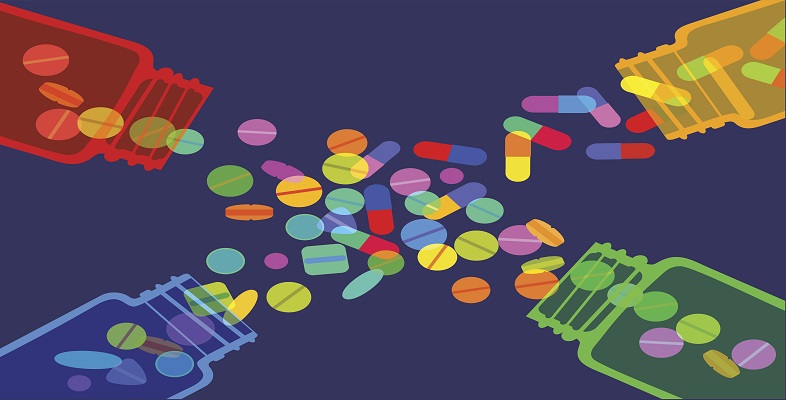5 Misuse of antibiotics
Begin this section by completing Activity 5 in which you reflect on your personal experience of using antibiotics.
Activity 5 Taking antibiotics
Answer the questions below, based on either a recent experience or according to how you would probably behave.
- The last time you felt ill, were you hoping or expecting the doctor to prescribe antibiotics?
- If you were given antibiotics, did you (a) take the correct number of tablets at the correct time and (b) complete the full course of treatment?
- Have you ever taken someone else’s ‘leftover’ antibiotics?
Discussion
Being prescribed unnecessary antibiotics, failing to complete the full antibiotic course or taking antibiotics that have not been prescribed to you all increase the risk of antibiotic resistance developing and spreading.
The emergence and spread of antibiotic resistance is promoted when antibiotics are wrongly prescribed and/or taken, or when they are used indiscriminately. Self-medication is very common. For example, it accounts for over 30% of antibiotic use in LMICs (Ocan et al., 2015).
The indiscriminate use of antibiotics leads directly to overuse. This is a global problem. It is common to use antibiotics to treat mild bacterial infections that could resolve spontaneously, and for viral or non-infectious diseases. There is an over-reliance on broad-spectrum antibiotics that target a wide range of bacteria because
Using antibiotics for non-therapeutic purposes, such as for animal husbandry (see Section 4), provides further opportunities to spread antibiotic resistance (Meek et al., 2015).
You will look in more detail at some of these factors in the following sections.
